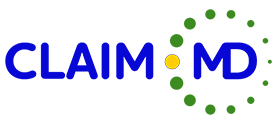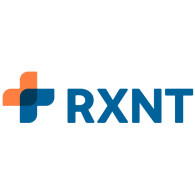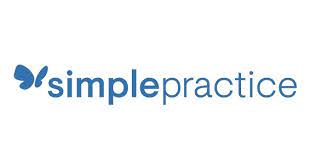Coding is an essential of the medical billing, ensuring that healthcare providers accurately reimbursed for the services they provide. Properly assigning medical codes for diagnoses and procedures is crucial, and using coding systems such as ICD,PT, and HCPCS plays a pivotal role this process.
The first step in coding is understanding different coding systems and their purposes. The International Classification of Diseases (ICD) is used for diagnoses coding, providing a standardized system for classifying diseases, injuries, and other health conditions. This system enables healthcare providers to accurately describe a patient’s medical condition using specific codes, allowing for accurate identification and documentation of ailments.
The Current Procedural Terminology (CPT) coding system, on the other hand, focuses on procedures and services provided by healthcare professionals. It consists of five-digit numeric codes that describe the medical, surgical, and diagnostic services rendered to patients. Assigning the appropriate CPT codes ensures that the services performed are accurately translated into billing claims for reimbursement.
Apart from diagnoses and procedures, certain services and supplies may require additional coding specificity. This is where the Healthcare Common Procedure Coding System (HCPCS) comes into play. HCPCS codes are alphanumeric and include codes for various medical supplies, durable medical equipment, and specific services not covered by CPT codes. By accurately assigning HCPCS codes, providers can ensure that all billable services and supplies are accounted for in the billing process.
Entering charges for services rendered is the next pivotal step in medical coding and billing. Once the appropriate diagnosis and procedure codes have been assigned, coders need to accurately capture the charges associated with each service. This involves documenting the services provided, including any specific treatments, procedures, or supplies utilized during patient care.
It is essential to meticulously review the medical documentation to ensure that all services rendered are accurately captured. This includes double-checking if any additional services, tests, or supplies were used during the patient’s encounter. By entering charges for all services and supplies rendered, healthcare providers can maximize their reimbursement while complying with coding and billing guidelines.
Accuracy is of utmost importance when entering charges, as errors could result in claim denials or underpayment, leading to financial loss for the healthcare provider. Therefore, employing experienced and well-trained coders is vital to ensure precise and thorough charge entry. Additionally, incorporating automated coding and billing software can greatly streamline the process, reducing the chances of errors and improving efficiency.
In conclusion, coding is an integral part of the medical billing process, and assigning appropriate medical codes for diagnoses and procedures is crucial to ensure accurate reimbursement. Utilizing coding systems such as ICD, CPT, and HCPCS enables healthcare providers to accurately describe and document patient conditions, procedures, and associated charges. By carefully entering charges for services rendered, providers can optimize reimbursement while adhering to coding and billing guidelines.





















